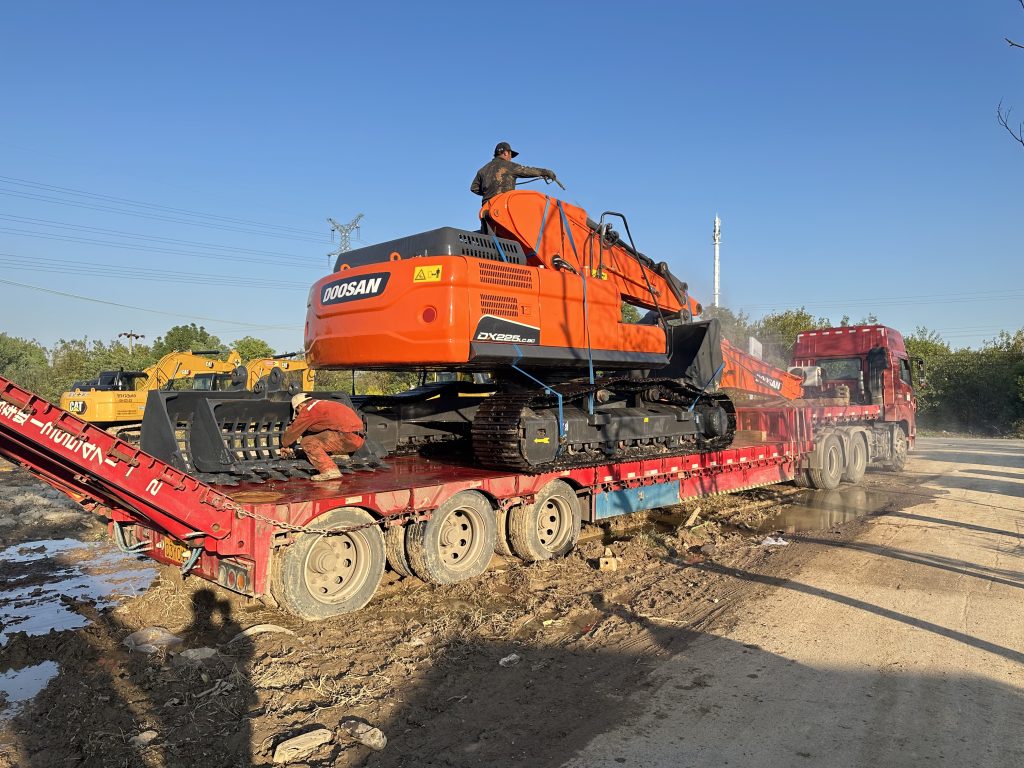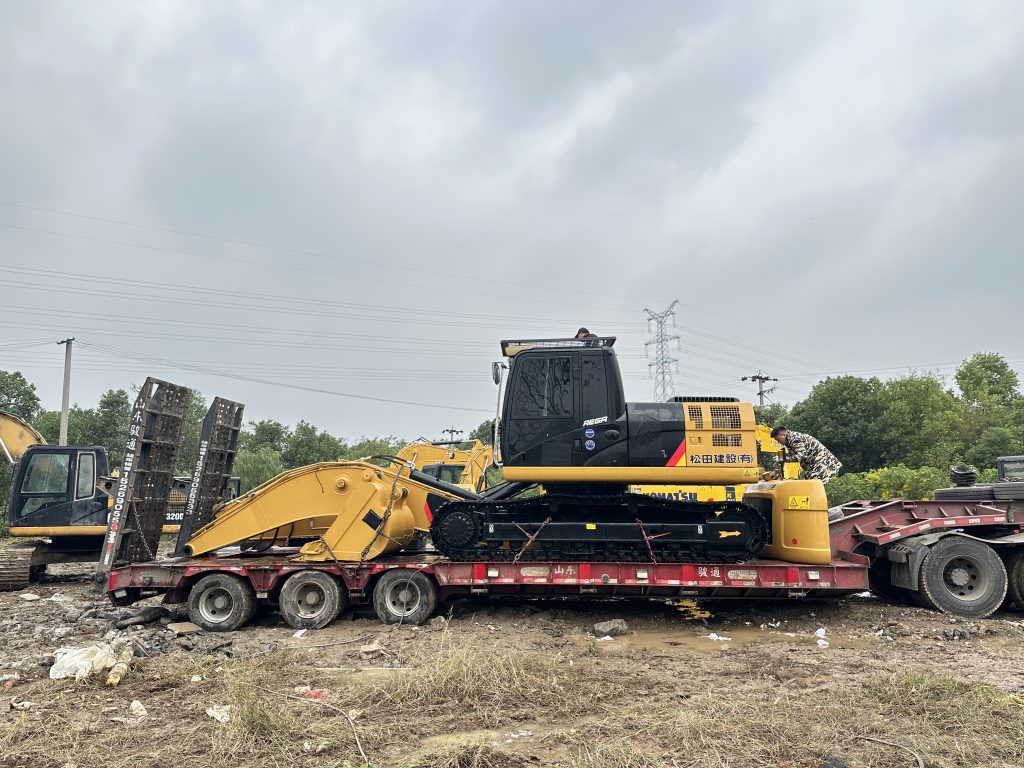Second-hand excavator sea transport should pay attention to matters
Release time: 2024-10-31
1. Market research and preparation
Before deciding to export used excavators, it is essential to conduct sufficient market research. To understand the demand and price trends of the target market, determine the type, specifications and quantity of export excavators. It is also necessary to understand the laws, regulations and regulatory requirements of the target countries and regions for imported used equipment, including equipment safety, environmental standards, technical specifications, etc. This information helps to accurately assess the market value and compliance of exported equipment.
2. File preparation
The export of used excavator China needs to prepare a series of documents and information to ensure the smooth passage of customs inspection and audit. The required documents include commercial invoice, packing list, contract, export license, certificate of origin, mechanical inspection report, etc. Depending on the relevant regulations and requirements of the target market, other necessary documentation may also be required.
3. Logistics options
Choosing an experienced and reputable freight forwarding company is the key to ensuring the safe and smooth transportation of goods. Freight forwarders are not only responsible for the shipment of goods, shipping, insurance and customs clearance, but also provide important assistance in customs clearance procedures, tax payment and so on. Exporters should carefully compare the service quality and price of different freight forwarders and choose the most suitable partner.
4. Packing and fixing
Before shipment, it is essential to pack and secure the used excavator as necessary. Packaging shall comply with international transport standards and relevant regulations of the target market to prevent damage during transport. For large and heavy goods, wooden boxes or wooden frames can be reinforced and fumigated to prevent pests. At the same time, the metal surface should be treated with rust prevention and sealed with plastic film or other sealing barrier materials.
5. Transportational process
In the process of transportation, keep close contact with freight forwarders to understand the progress and status of freight transportation. After the goods are loaded on the ship, the forwarder will provide the tracking information of the goods, through which the importer can know the condition of the goods.
6. Customs declaration
Pay attention to the requirements of customs policies, and provide detailed cargo information, including the model, weight, size, brand, old and new degree of excavator. Ensure consistent requirements for all export documents, including bills of lading, invoices, packing lists, sales contracts, etc. If the HS customs code is excavator, it is not necessary to apply for export license, but it is necessary to handle the packing list of goods, trade contracts, invoices, declaration elements and other documents in accordance with the requirements of the customs.
7. Cargo insurance
Consider buying insurance for your goods in case of damage or loss during transit. Ensure that insurance covers all potential risks, providing additional security for cargo.




